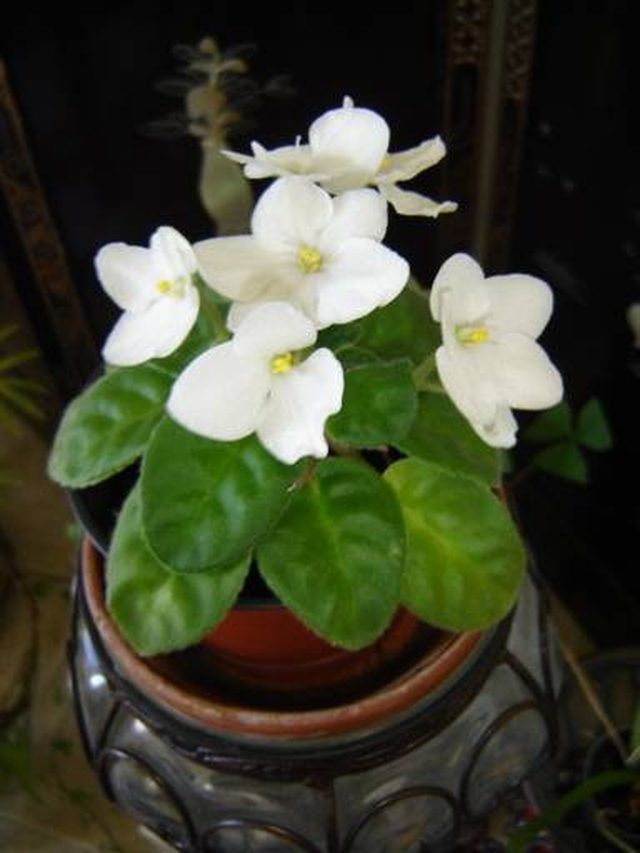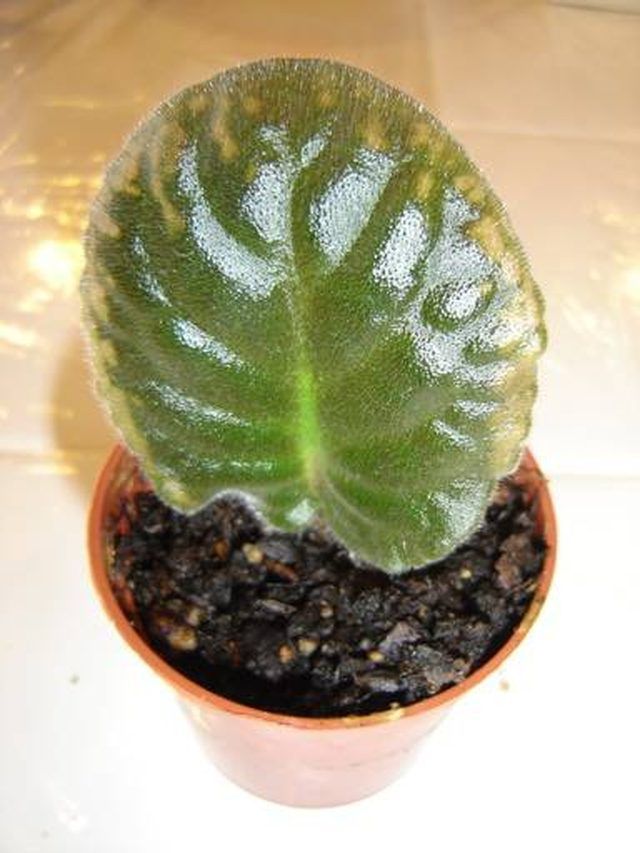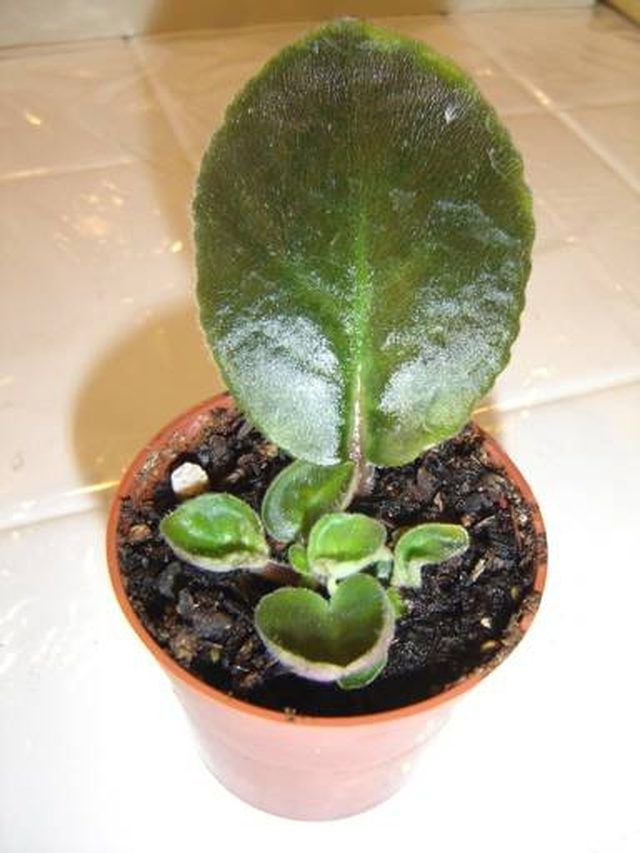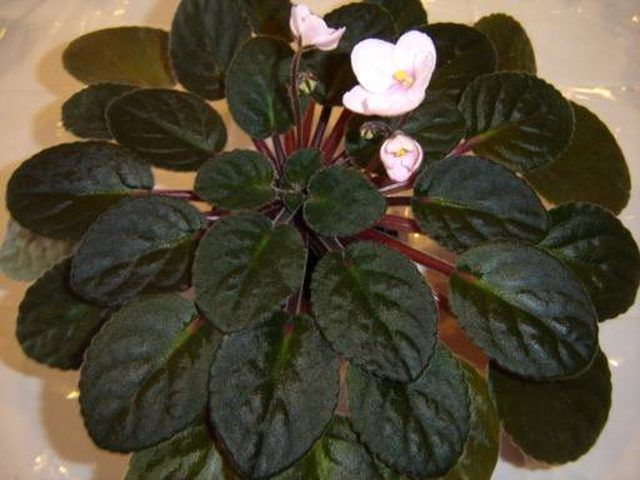Bulbs
Flower Basics
Flower Beds & Specialty Gardens
Flower Garden
Garden Furniture
Garden Gnomes
Garden Seeds
Garden Sheds
Garden Statues
Garden Tools & Supplies
Gardening Basics
Green & Organic
Groundcovers & Vines
Growing Annuals
Growing Basil
Growing Beans
Growing Berries
Growing Blueberries
Growing Cactus
Growing Corn
Growing Cotton
Growing Edibles
Growing Flowers
Growing Garlic
Growing Grapes
Growing Grass
Growing Herbs
Growing Jasmine
Growing Mint
Growing Mushrooms
Orchids
Growing Peanuts
Growing Perennials
Growing Plants
Growing Rosemary
Growing Roses
Growing Strawberries
Growing Sunflowers
Growing Thyme
Growing Tomatoes
Growing Tulips
Growing Vegetables
Herb Basics
Herb Garden
Indoor Growing
Landscaping Basics
Landscaping Patios
Landscaping Plants
Landscaping Shrubs
Landscaping Trees
Landscaping Walks & Pathways
Lawn Basics
Lawn Maintenance
Lawn Mowers
Lawn Ornaments
Lawn Planting
Lawn Tools
Outdoor Growing
Overall Landscape Planning
Pests, Weeds & Problems
Plant Basics
Rock Garden
Rose Garden
Shrubs
Soil
Specialty Gardens
Trees
Vegetable Garden
Yard Maintenance
How to Grow a Plant Indoors
How to Grow a Plant Indoors. If you've decided to grow plants indoors, African violets ("Saintpaulia") are a good place to start. Growing and caring for them is a simple process. The process starts with a single leaf, and the result can be an indoor garden. There are many variations of African violets. The violets are usually purple, pink, burgundy...

If you've decided to grow plants indoors, African violets ("Saintpaulia") are a good place to start. Growing and caring for them is a simple process. The process starts with a single leaf, and the result can be an indoor garden. There are many variations of African violets. The violets are usually purple, pink, burgundy and white in color. Through cross-breeding, African violets come in a variety of leaf patterns, and also with two-tone flowers, such as pink and white. Ask a friend for a starter leaf or two, and create an African violet indoor garden.
Things You'll Need
One or more African violet leaves
Small glass or clear acrylic containers
Watering can and water
African violet potting soil
Potting tools
Small or medium clay or plastic flowerpots
Fertilizer sticks
Scissors
Propagate
Fill a glass or other clear container with water, about 2/3 full. Place an African violet leaf in the water with the stem submerged, with the leaf clear of the water and resting on the rim. Allow the roots to form at the tip of the submerged stem. This usually takes between 2 to 4 weeks. Using a clear container makes it possible to watch the progress as the roots form.

Fill a flowerpot to about the 1/3 level before transferring the leaf and stem, together with the newly formed roots, into the pot. Add more soil up to just below the pot rim, gently patting it around the stem and leaf. The leaf should remain above the soil level. Keep the soil moist, but not drenched, so that the roots are not drowned.

Baby leaves will appear next, forming just above the soil level. These leaves will continue to grow. Once the new leaves have reached about 1/2 inch in length, cut away the starter leaf at the stem. Cosset the new African violet leaves by keeping them away from drafts and hot sun rays.

Place African violet plants in a setting that receives morning sunshine and natural light. An eastern facing is best, but not essential. They thrive in the company of other African violet plants, so group them together. Happy African violets will grow and flower. If they look piqued and droopy, try a different location.
Water African violet plants moderately once a week, but not more often. Water the soil, but not the leaves. If water spills accidentally on the leaves, wipe it up gently with a tissue. If in doubt about how much water a plant needs, pick up the pot. A heavy pot means the plant has enough water. Add water if the pot feels light. Alternatively, fill a saucer with water and place the pot on it. The soil and roots absorb the water through the hole in the pot base.
Fertilize African violet plants to keep them healthy and flowering often. Fertilizer sticks are convenient, effective and come in packages with instructions for use. Push each stick firmly into the topsoil near the pot rim, and water the stick so it will release its nutrients.

Give African violet leaves an occasional trim. As close as possible to the stems, cut away the leaves from the bottom of the plant, to give the remaining leaves more room to grow and to encourage new leaves.
Tips & Warnings
African violets appear to respond positively to soothing music and conversation. Speak softly with and serenade African violets to encourage them to grow.